Desperately Seeking Innovation
 According to a recent McKinsey survey, 94% of executives are dissatisfied with their firms’ innovation performance. Having worked for 25 years in global corporates – including a 7-year stint in R&D – my view of innovation has broadened. I don’t see it as being restricted to significant, game-changing inventions or new products. Innovation occurs at many levels. It can be a new process, a novel way of marketing, or an everyday improvement to make things simpler or more affordable. Innovation brings so many benefits. Yet, businesses are simply not getting the impact they want, despite all their spending on innovation incubators, accelerators, and initiatives. Why is this the case? I firmly believe they’ve failed to identify a substantial underlying obstacle.
According to a recent McKinsey survey, 94% of executives are dissatisfied with their firms’ innovation performance. Having worked for 25 years in global corporates – including a 7-year stint in R&D – my view of innovation has broadened. I don’t see it as being restricted to significant, game-changing inventions or new products. Innovation occurs at many levels. It can be a new process, a novel way of marketing, or an everyday improvement to make things simpler or more affordable. Innovation brings so many benefits. Yet, businesses are simply not getting the impact they want, despite all their spending on innovation incubators, accelerators, and initiatives. Why is this the case? I firmly believe they’ve failed to identify a substantial underlying obstacle.
What is this mystery barrier?
In short, it’s a lack of cognitive diversity.
The Hidden Diversity Crisis
Traditionally, a large proportion of leaders and managers have tended to attract, recruit, and retain talent in their image.
 This interviewer bias is known as the Similarity Bias. This states that individuals get along with people who tend to look and think like ‘we do.’ This bias doesn’t end with the recruiting process. Colleagues gravitate toward the people who think and similarly express themselves. As a result, organisations often end up with like-minded teams. When this happens, we have functional bias; and low cognitive diversity.
This interviewer bias is known as the Similarity Bias. This states that individuals get along with people who tend to look and think like ‘we do.’ This bias doesn’t end with the recruiting process. Colleagues gravitate toward the people who think and similarly express themselves. As a result, organisations often end up with like-minded teams. When this happens, we have functional bias; and low cognitive diversity.
Consider this question
Do you think that teams who think in the same way are likely to be good innovators?
The answer is ‘No’. A lack of thinking diversity thwarts innovation.
The Key to Innovation
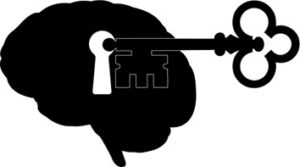 The Key to Innovation, is to create a culture that values and therefore enables thinking diversity. Environment shapes performance. I’ve worked in an organisation that perpetuated a good news culture -where delivering bad news was not well received. This prevented reality from bubbling to the surface. People did not want to put their head above the parapet. You can see how this environment stifled innovation.
The Key to Innovation, is to create a culture that values and therefore enables thinking diversity. Environment shapes performance. I’ve worked in an organisation that perpetuated a good news culture -where delivering bad news was not well received. This prevented reality from bubbling to the surface. People did not want to put their head above the parapet. You can see how this environment stifled innovation.
Superficial harmony in meetings does not encourage risk-taking. The trouble with innovative ideas is that they are just ‘ideas’. In an evidence-based culture that mainly attaches value to track records – the people who come up with ideas that can’t be supported by a comprehensive business case are seen as unrealistic dreamers. I know from personal experience that when you keep putting forward blue-sky ideas only to be shot down – this damages self-esteem. Once self-esteem becomes fragile, you can’t be your best. A lot of innovative ideas are filtered out because people don’t have the confidence to share them. Or, they might have been given a label from a Psychometric report which is not associated with innovation or creativity. As a result, they form a limiting belief that they are not good at Innovation on any level.
Innovation comes from people who are empowered and work in teams that have high mutual trust. This is the environment that enables people to think differently. You can’t force innovation to happen in one-off meetings. You can’t design a template to create a piece of innovation. You need thinking diversity — every day.
How can we increase the diversity of thinking?
Thankfully, there is a way to quickly and accurately identify people’s thinking patterns and cognitive skills. I wrote an article entitled “A little-known tool to make Coaches more Effective” in which I featured Axiometrics.
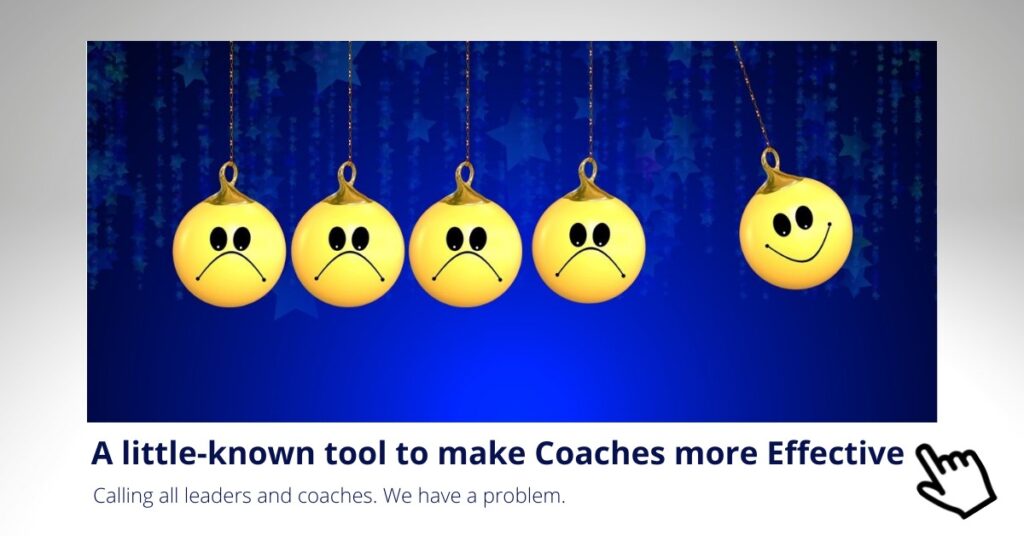 If you did not catch this article, you are probably thinking, Axio what? The word is derived from two Greek roots ‘Axios’ (which means worth or value) and ‘Metron’ (measure), and so literally, it means the measure of value. As I said in that article, I knew there would eventually be some benefit from having a degree in Classics.
If you did not catch this article, you are probably thinking, Axio what? The word is derived from two Greek roots ‘Axios’ (which means worth or value) and ‘Metron’ (measure), and so literally, it means the measure of value. As I said in that article, I knew there would eventually be some benefit from having a degree in Classics.
Axiometrics ® provides an unprecedented aid to understanding human capacities in individuals, teams and organisations. It identifies the valuing system upon which individuals base their decisions. Axiometrics also reveals their skills, talent, “access to talent” and attitude within a specific environment. It gives a root cause understanding of the drivers of decision making and talent. Ok, you’ve heard of Psychometrics – so what how is Axiometrics different?
What is the difference: Axiometrics® vs Psychometrics?
Axiometric assessment does not use self-reporting questionnaires to ask people to describe themselves via a series of questions consciously. Self-assessments, by definition, reinforce a person’s self-image. “You tell the assessment what you think you are like and then the assessment tells you what you are like. Which, of course, would incline you to think they’re valid. But they’re just telling you what you told them” (HBR Peter Bregman, August 19, 2015.) With Axiometrics®, people are required to take a 15-minute online thinking exercise. This involves clicking and dragging two groups of 18 short phrases from most to least preferred. The thinking process they use to rank the phrases is tracked – using algorithms that have been developed over the past 40 years. There are 6.4 quadrillion variations of output. Psychometrics only work in the conscious. Psychometric profiling tools gather information from self-reporting and observation — psychometrics focuses on the conscious and behaviours. Axiometrics accesses the subconscious and focuses on thinking. Innovation comes from the richness of ideas.
The below diagram explains our thinking process. We start at the bottom of the pyramid with the Values that we use when we are Evaluating (or deciding what we need to have an idea or make a decision about). When we Think, we apply our evaluation to a scenario. We then make a decision based on our Judgment of a scenario. The Action then follows the decision. As you can see below, 95% of our thinking takes place below the Decision line – this is where Axiometric assessment works. Psychometrics are driven by conscious thinking which accounts for 5% of thinking.
![]()
You need to think to innovate. Steve Jobs’ teams could not have behaved their way to create the iPad.
 I can hear you saying – this is all very well, but what if I don’t feel ready, or don’t have the time or budget to explore the Axiometrics tool? Not to worry. I am about to share an Axiometrics-based diagnostic tool you can use immediately with leaders and teams to stimulate awareness of the critical factors and steps required to improve innovation.
I can hear you saying – this is all very well, but what if I don’t feel ready, or don’t have the time or budget to explore the Axiometrics tool? Not to worry. I am about to share an Axiometrics-based diagnostic tool you can use immediately with leaders and teams to stimulate awareness of the critical factors and steps required to improve innovation.
First, a small health warning.
The below tool is something that I’d define as a pragmatic, ‘quick and dirty’ methodology that can get a discussion going and act as a catalyst to stimulate thinking and provide direction to improve the way teams approach innovation. As you will see, this tool relies on people scoring themselves against 60 factors in 4 Key Areas.
- Problem Definition
- Solution Finding
- Implementation
- Team Work
Since people will be scoring themselves, their responses will be subject to conscious and unconscious bias. That said, this exposure to bias is no different from the vast majority of diagnostic tools out there.
Feel free to use the above questionnaire with leaders and teams. I recommend that you use this with teams to get multiple responses which you can then aggregate using the Innovative Problem Solving Team Tracker tool. Click the link below to access a pdf of the tracker template. If you are going to print this, I recommend you do so on A3.
You won’t be required to provide any personal information to download the tools. I’d like to thank Catapult Solutions and Andrea Burns, who has given us all open access to the pdf templates, which are under Axiometrics International © Copywrite. Please note, this is not the actual report which those that have taken the Axiometrics ® profile receive.
It’s time to wrap up this article
- The Axiometrics online “thinking” exercise only takes 15 minutes to complete
- You rearrange two sets of 18 statements – from most to least preferred
- There are no questions
- There are 6.4 quadrillion possible outcomes
- There are over 85 different types of report and profiles
- It does not attempt to classify you or label you as a ‘type’ e.g. ENTJ or Dominant
- Is not discriminatory for age, sex, creed or culture (or personality or behavioural type) and is validated by the EEOC
- It can be used to look at current performance, but also to predict future performance
- Has applications across the entire talent lifecycle e.g., Recruitment, Personal and Professional Development, Retention, Succession Planning, Team-working
- It can inform training needs analysis and the design of training and coaching focus
- Rigorously define and measure decision-capacities against a culture benchmark
Finally, a person’s profile does change. You can measure ‘distance travelled’ as a result of people working on their personal development plans that have been informed by Axiometrics. In short, you can use Axiometrics to measure the impact of training and coaching in individuals and across teams.
I hope you found this interesting. Please let me know what you think. If you ‘like’ or comment on this article, I’ll send you the excel versions of the templates which will be more user-friendly for you to use with your clients and teams. If you would like a more accurate and objective understanding of how teams actually think and what this means for their ability to Innovate – We’d be very happy to have a conversation to explain more about Axiometrics.
Let’s help more organisations innovate!

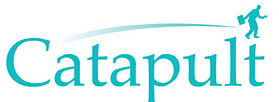

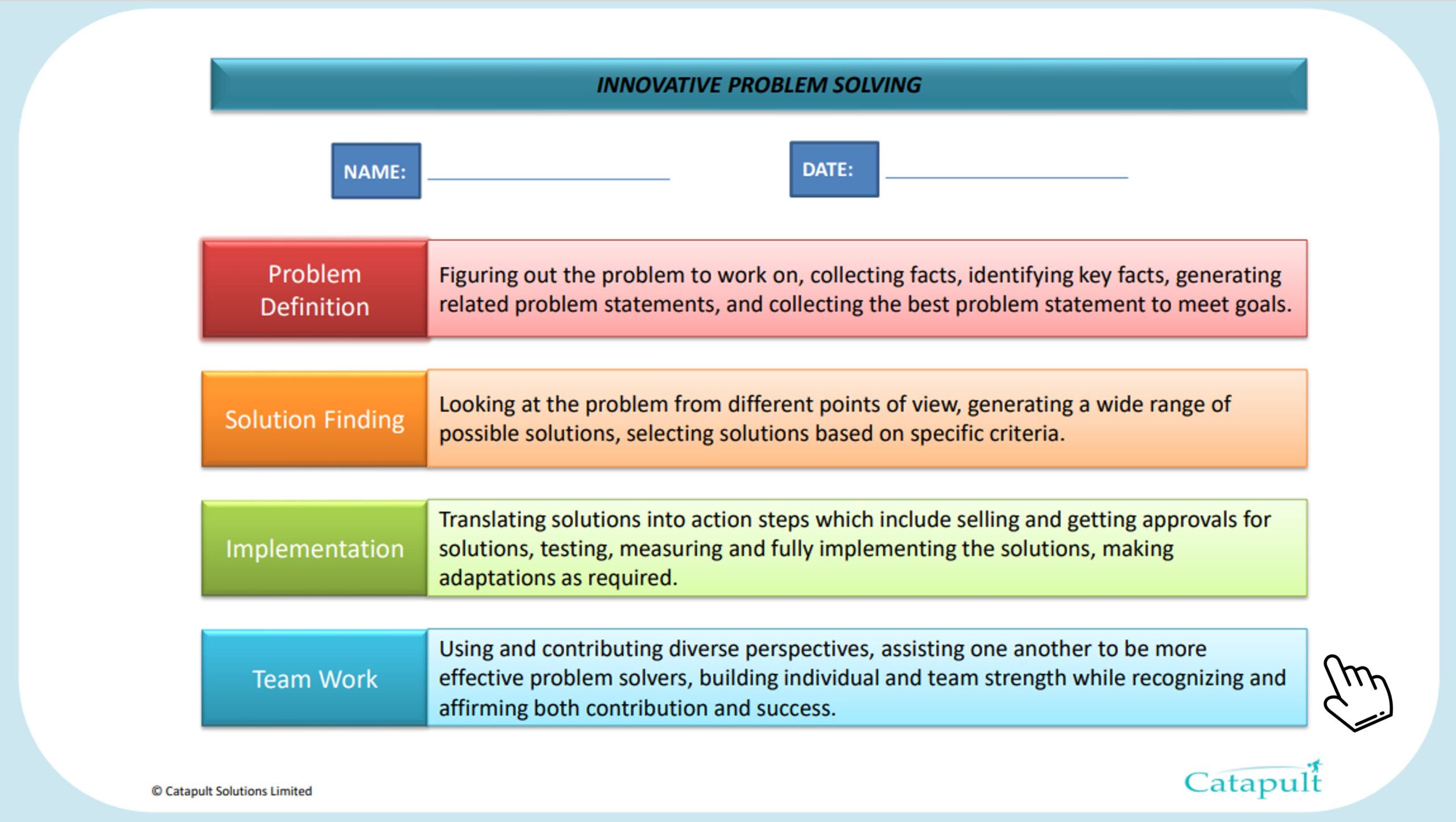
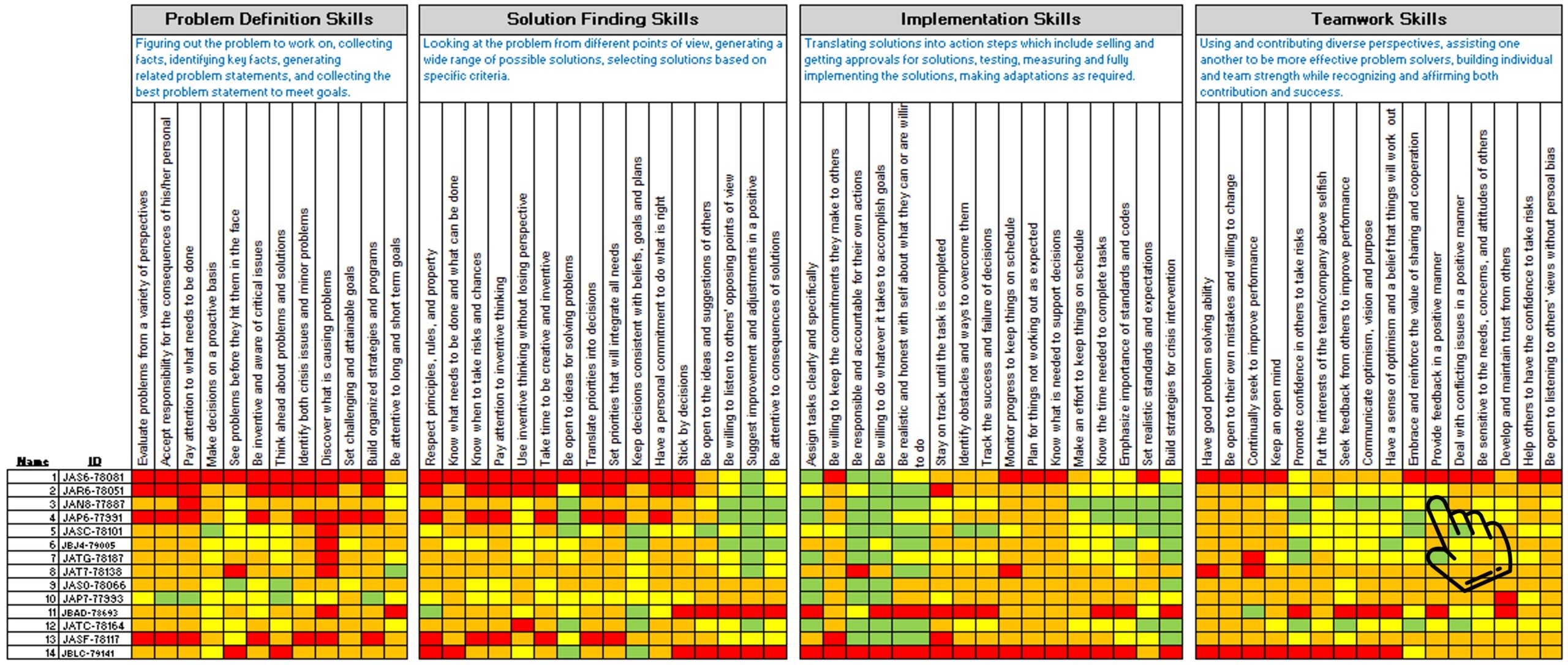
0 Comments